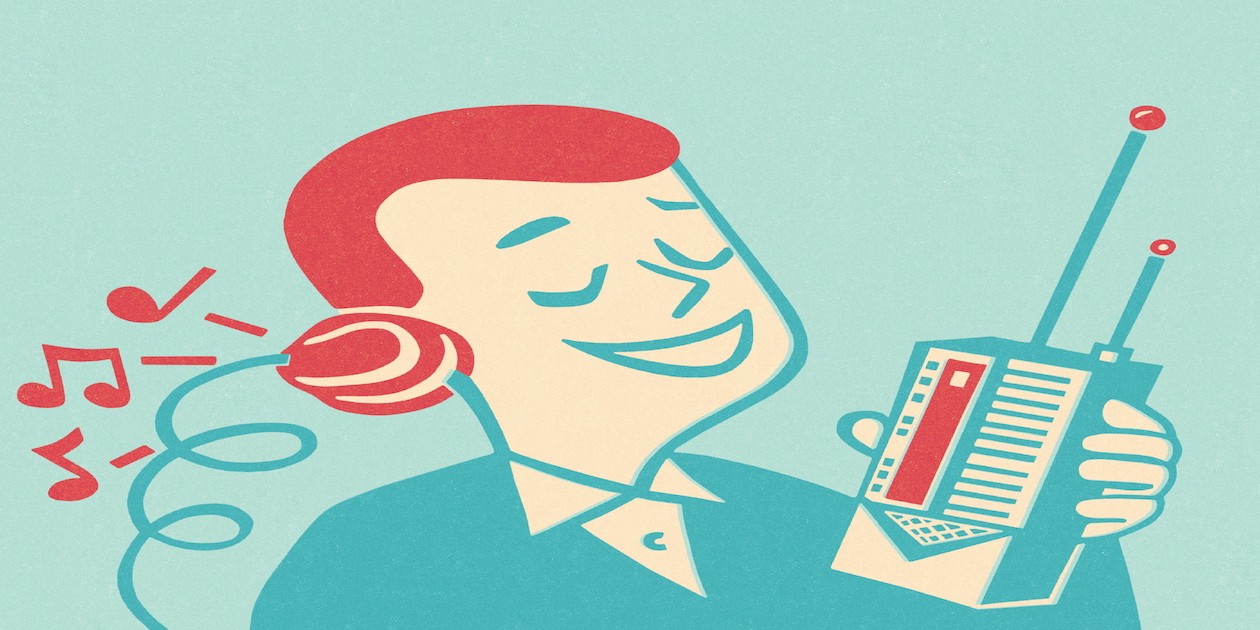It’s been more than 90 years since the first radio ad hit the airwaves. By most accounts it was a commercial for an apartment complex that started it all. It ran on local station WEAF in New York, and when it did the radio broadcasting model was forever changed.
Now, the global industry is changing again.
Recently, iHeartMedia (formerly Clear Channel) announced that it will now offer programmatic media buying to its advertising partners. As the largest owner of radio stations in America with more than 245 million monthly U.S. listeners, iHeartMedia’s introduction of a programmatic ad buying solution makes a powerful statement. Among the benefits to adopting programmatic for radio ads, the company’s CEO and COO list time savings, data collection, precision targeting, and greater insight into campaign effectiveness. “This is an important step by iHeartMedia and the radio industry at large given the growth of marketers’ use of, and desire to, enable their messages to be more intelligent, discreet, and fueled by data,” John Nitti, chief investment officer with ZenithOptimedia—digital agency and iHeartMedia advertising partner— said of the news. Broadcast radio advertising hasn’t experienced significant growth beyond its digital platforms in quite some time. Could the introduction of programmatic media buying bring the convenience, efficiency, and value that advertisers have been looking for?
Of the seven major media channels – print, recordings, cinema, radio, TV, Internet, and mobile – six are currently undergoing a programmatic ad buying transformation. This is giving traditional channels like TV and radio new relevance, and may even prompt marketers to see them in a new way.
Radio isn’t the first traditional medium to modernize its advertising in this way. Programmatic has already come to TV, and most recently movie theaters through a partnership that includes AOL. Brands are finding ways to leverage programmatic that are suited to each mass medium. When Mondelez-owned Oreo and Ritz became the first brands to buy a Super Bowl commercial with programmatic this year, they used the technology to geo-target a halftime show audience. In 2014, Honda’s use of programmatic technology to buy mobile Facebook ads allowed the automaker to get its ads in front of in-market consumers who were near a Honda dealership, “optimize and rapid-fire test different ad units,” and change ad creative in real time. As TV viewing continues to drop in the face of competition from streaming video, so too does ad revenue. If more networks automated their TV ad sales process, allowing brands to stretch their budgets and better target the desired audience segments, might advertisers reconsider?
In the newspaper industry, publishers like Minneapolis’s Star Tribune are seeing 100 per cent year-over-year growth with programmatic sales. This year, even print magazines went programmatic when Time Inc. sold automated ads to Target. “Our overall strategy is to use automated marketplaces as a way to alleviate some of the work we have humans doing, so they can do more custom content integrations,” an executive with Target said.
Traditional media brought with it a traditional media buying model. But just as offline channels have had to evolve to keep pace with new technologies and consumer behaviors, so too have they had to reevaluate what they’re able to offer advertisers. In many ways, programmatic is refurbishing offline media channels, overhauling their approach to ad buying and retrofitting them with a solution tailor-made for modern marketers and consumers. The more frequently that digital marketers deliver targeted, relevant advertising to potential customers, the more consumers expect to get ads that speak to their interests and reflect their needs—from digital channels and mobile channels to TV and radio.
Consumer data, too, plays a role in modernizing traditional media ads. That programmatic can deliver valuable insights and analytics on radio listeners and TV viewers nationwide makes it incredibly appealing. Traditional media can’t compete with digital with regard to dynamic, real-time content. It can, however, deliver real-time ads.
“Programmatic is already an important and expected method of ad buying in the digital space. Now we can bring broadcast radio into that world at a scale no digital audio provider can offer,” Bob Pittman, chairman and CEO of iHeartMedia, Inc., has said. And really, he hits the nail on the head. Making improvements to the way that advertisers target consumers, buy ad spots, scale campaigns, and employ user data is a necessary part of traditional media’s 21st century evolution. Kudos to iHeartMedia for dialing up its ad offerings for a new marketing age.











